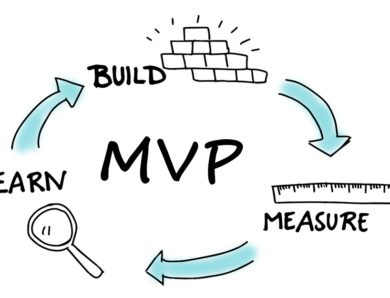
Navigating the UX Landscape: Pitfalls to Avoid
Building User Experiences That Leave a Lasting Impression
When it comes to web and app design, the terms UX (User Experience) and UI (User Interface) often get tossed around interchangeably. But let’s clear the air: UX is the soul beneath the surface, the intricate dance between the user and the interface. It’s a realm of extensive research, meticulous testing, and a deep understanding of user needs and desires. In short, it’s the art of crafting an experience that leaves users not just satisfied, but delighted. However, even the most seasoned UX designers can stumble into traps that hinder the creation of exceptional experiences. Let’s dive into these pitfalls and shed light on how to steer clear of them.
1. Ignoring UX from the Get-Go Planning is the cornerstone of any successful project. UX should be in the mix right from the beginning. It’s not an add-on; it’s a foundational element that informs every step of the development process.
2. Failing to Communicate the Value of UX Ever heard the saying, “If you think good design is expensive, you should look at the cost of bad design?” Communicate to stakeholders and users alike why investing in UX is essential. It’s the key to leaving a lasting impression and building trust.
3. Designing for Yourself, Not the User One of the most common missteps is falling into the trap of designing based on personal preferences. Remember, you’re not building this for you. Put yourself in the user’s shoes and design accordingly.
4. Being a Copycat While drawing inspiration from competitors is natural, blindly following their design choices can lead you down a perilous path. Forge your own path, focusing on what sets you apart.
5. Information Overload More is not always better. Don’t overwhelm users with an avalanche of content. Prioritize what’s crucial and present it in a clear, digestible manner.
6. Complexity Overload Simplicity is the ultimate sophistication. An overly complex UI design can confuse and frustrate users. Strive for an intuitive interface that guides users seamlessly.
7. Blurring the Lines: UX vs. UI While intertwined, UX and UI are distinct. UI is the visual layer, while UX is the holistic experience. Understanding this delineation is pivotal in creating harmonious designs.
8. Premature Feedback Gathering Timing is everything, even in feedback collection. Introduce it too early, and you might end up with fragmented insights. Allow users to interact with your product before seeking their opinions. In the dynamic realm of UX design, avoiding these common pitfalls is the compass that guides you toward creating experiences that captivate and retain users. Embrace the challenge, iterate, and remember: every click, swipe, and interaction shapes the narrative of your user’s journey.




